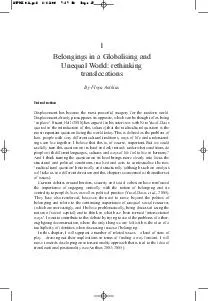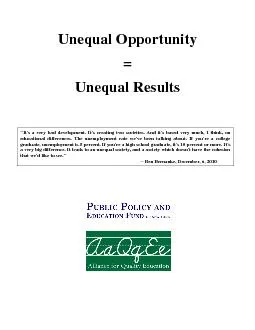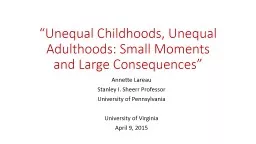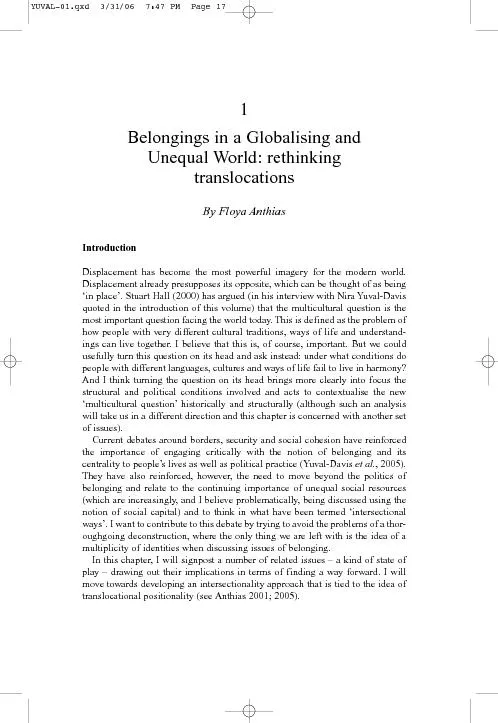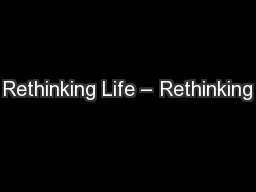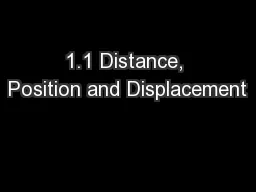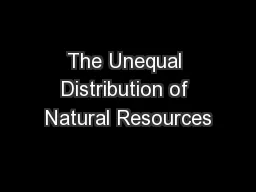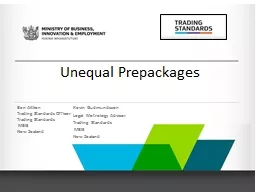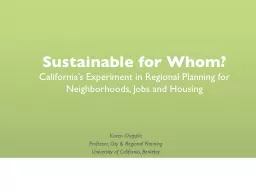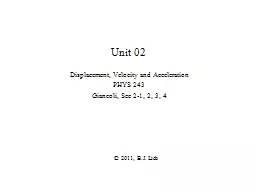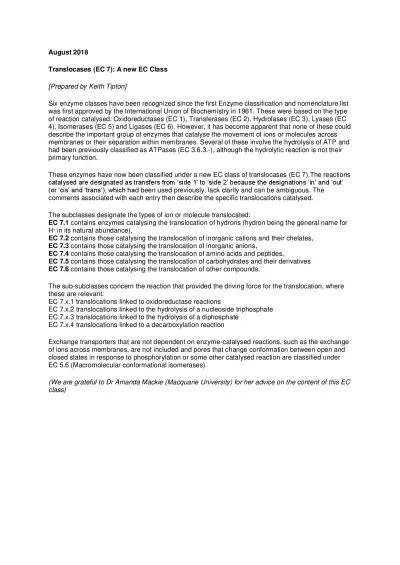PDF-Belongings in a Globalising and Unequal World rethinking translocations By Floya Anthias
Author : danika-pritchard | Published Date : 2015-02-22
Displacement already presupposes its opposite which can be thought of as being in place Stuart Hall 2000 has argued in his interview with Nira YuvalDavis quoted
Presentation Embed Code
Download Presentation
Download Presentation The PPT/PDF document "Belongings in a Globalising and Unequal ..." is the property of its rightful owner. Permission is granted to download and print the materials on this website for personal, non-commercial use only, and to display it on your personal computer provided you do not modify the materials and that you retain all copyright notices contained in the materials. By downloading content from our website, you accept the terms of this agreement.
Belongings in a Globalising and Unequal World rethinking translocations By Floya Anthias: Transcript
Download Rules Of Document
"Belongings in a Globalising and Unequal World rethinking translocations By Floya Anthias"The content belongs to its owner. You may download and print it for personal use, without modification, and keep all copyright notices. By downloading, you agree to these terms.
Related Documents

